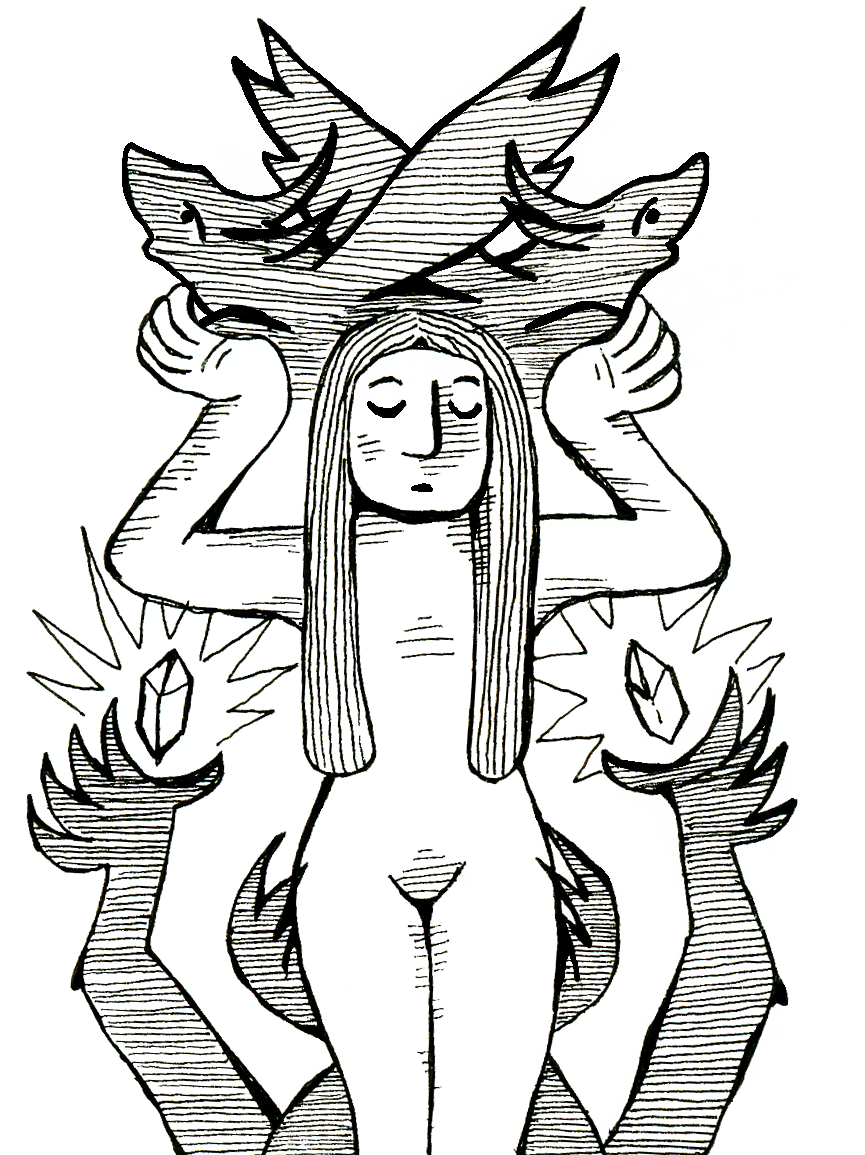The Seer
Oh, the irony and horror when that mad seer stumbled out from the dark wood to bandy about with only black wounds where her eyes once resided. Whatever it was she saw in those cursed runes of hers was too grim to comprehend; yet one must wonder what sort of terrible omen this is for our humble village… ~ Excerpt from diary of a Niarian scholar; author unknown In today’s society there is no room for the seer. Communication with our modern gods is as simple as visiting one of the eight temples and praying for guidance. One can speak directly with the gods by offering sacrifices at the ancient altar in Mileth’s center, or visit avatars of the gods themselves in the vexing Chamber of the Veil. These divinities speak even to Mundanes in dreams and take an active role in shaping the world and policies.
These silent gods, though, were beyond our comprehension in language and appearance. Still, as mortals, we desire their attention and it was through the eyes of the seer that we were able to discern the guidance they deigned to share with us. As such, the seer, as the medium through which the Gods could reach us, was thus revered - not as one exalts a king, but more as one considers a wolf. For one who casts runes, it is only a matter of time before madness holds them in it's sway. This knowledge is not meant for our simple minds, yet the seer cannot look away. Most of what we know about this ancient ritual is compiled from the writings of Sister Astanoshia who revived the art outside of Undine in the aeon of darkness. While Astanoshia never published any of her writings, she did keep extensive notes and journals about her craft and life, which have been preserved and studied extensively by many generations. She was pivotal in a brief revival of the art, and in it’s continued practice today. |



